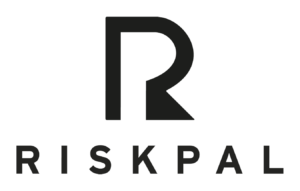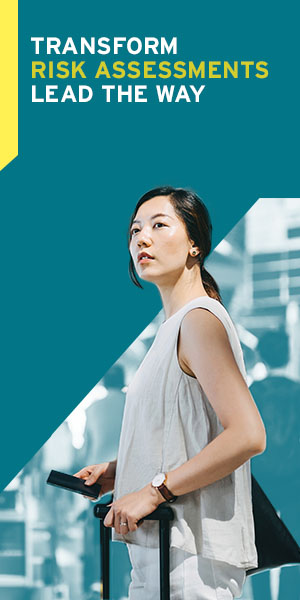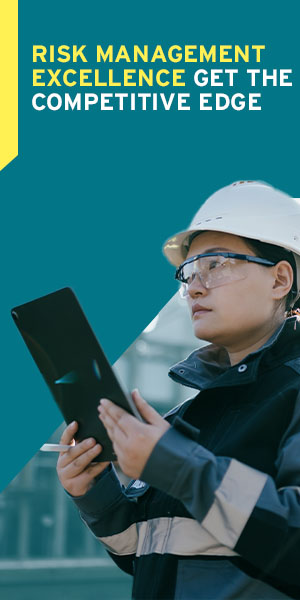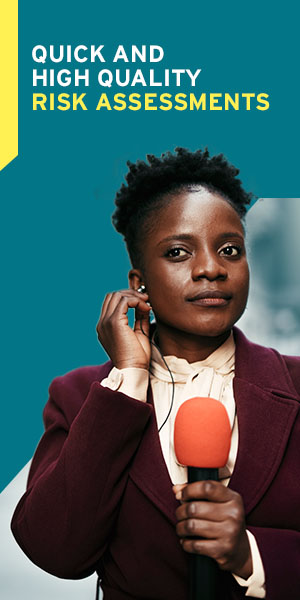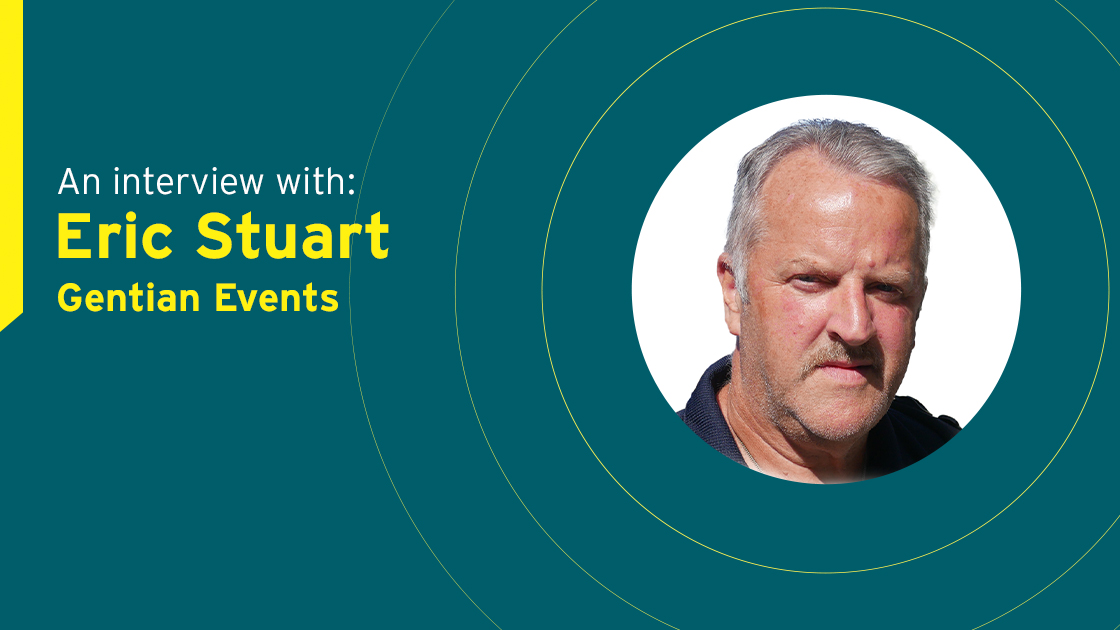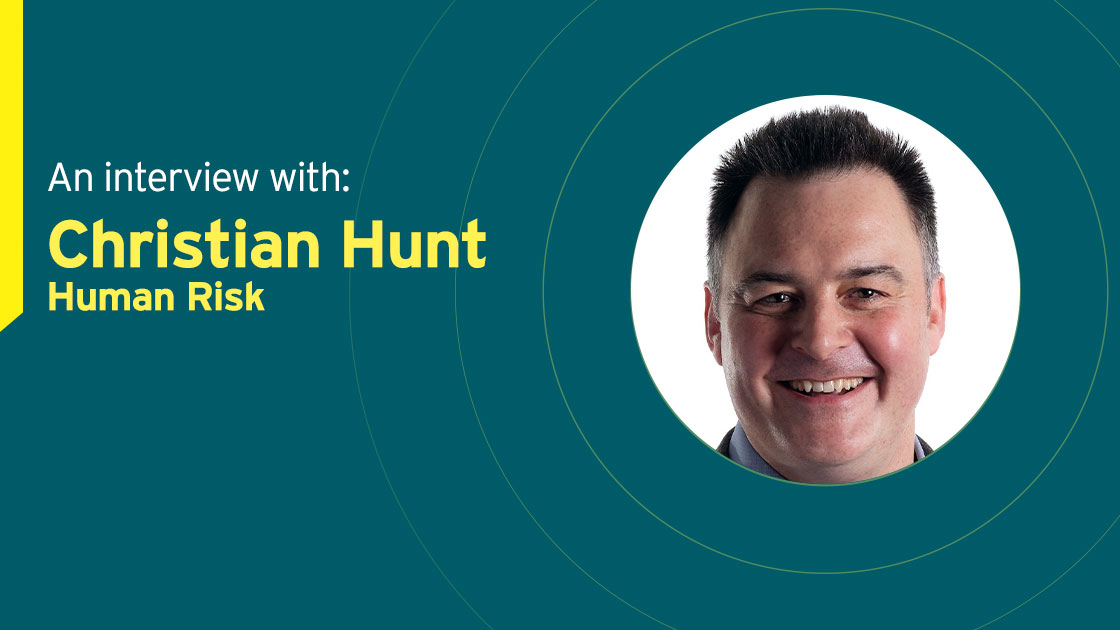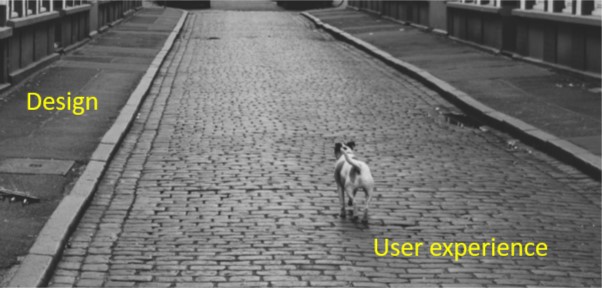
How to Create a Next Generation Safety Culture
“A cold feeling of dread crept up my spine when our manager asked for the risk assessment. I knew I was going to have to spend hours trawling through the intranet before drafting the form with no help; and it will probably just get lost anyway.”
Does this quote sound familiar to you? Do you suspect that your risk management processes are blockers rather than enablers?
At RiskPal, we take the fear out of risk assessments, reduce the burden on individuals and organisations, and understand how to make safety simple.
What is wrong with the current process?
In a nutshell, risk management processes tend to be clunky and laborious.
Risk assessments are often written in Microsoft Word, are poorly designed and can be difficult to format. Collaboration is difficult due to multiple versions and back and forth email approvals.
At the same time, safety has an image issue.
Our caveman ancestors continuously assessed risks to simply survive. So, risk assessment is built into our DNA. Once people are accustomed to a specific danger, they mentally accommodate and dismiss it. In fact, the human brain actively minimises the risks of common hazards in the conscious mind.
In 2020, the acute risk of Covid-19 redefined the perception of risk assessments. However, as people become accustomed to the risks and mitigations, we foresee commitment to risk assessments diminishing.
How can you fix this?
We believe that the simpler a risk assessment is to complete, the more people are likely to do it.
Organisations with single points of dependency for risk assessments are likely to have weak risk management cultures. Of course, internal expertise provides essential support and guidance, but user engagement is key to ensuring a sustainable safety culture in an organisation.
RiskPal’s risk management platform is user-centric and utilises principles of behavioural risk science.
RiskPal focuses on:
User Experience
A great user experience is key to making any system work. The more time you spend ensuring that your process avoids duplication of input, the more your people will thank you. It will also allow the business to concentrate on what is important.
RiskPal’s intuitive design reduces painful data entry and frees up time for users to concentrate on the actual threats they might face. This allows the user and manager to focus on what is important and not get lost in the mundane.
Nudge people to good behaviour
Richard Thaler’s Nudge theory won a Nobel prize – so why not use it? Present people with roadmaps to ideal safety practice, rather than expecting them to draw it out from scratch every time. You will save your user valuable time and simultaneously make them safer and grateful.
RiskPal users can access tailored risk assessment templates that steer them to pertinent threat considerations with corresponding best practice guidance. Template builders can choose from a library of threat scenarios, which are all customisable and easy to add to.

“A nudge is any aspect of the choice architecture that alters people’s behaviour in a predictable way, without forbidding any options or significantly changing their economic incentives.”
Richard Thaler, Nobel prize in economic sciences in 2017
Add Value
If you can, merge complimentary processes into the risk management process with the aim of cutting down your people’s workload.
One way we did this was to add a vetting supplier database to the risk assessment process. Our clients often rely on third parties and spend huge amounts of effort sourcing them. By adding a supplier database, the client can save and review providers.
By merging two functions, we have saved the user valuable time, but also empowered an organisation to keep its people safer by avoiding bad suppliers.
How Can We Help?

At RiskPal, we are building better risk systems and transforming the way risk assessments are written, approved and implemented.
Contact us to find out more
Follow Our Socials
